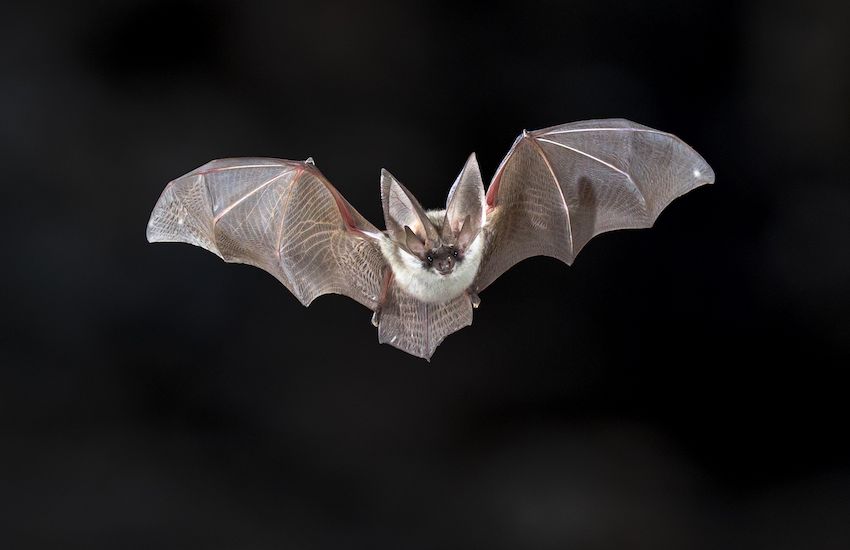


Since the inspectors’ report was released, there has been a flurry of amendments from Members of our States Assembly, with a cavalier approach to choosing sites that does not seem to go beyond someone standing in a group of fields saying: ‘This field can be developed, this field can be developed, all these fields can be developed.’
The most alarming point raised so far is that wildlife and biodiversity have not been considered at all within this process.
Of the assessment criteria used for assessing potential housing land availability, biodiversity is not included in any of the scoring criteria.
This is contrary to the BERN Convention of which Jersey is a signatory for the conservation of European wildlife and natural habitats: ‘The Parties undertake to take all appropriate measures to ensure the conservation of the habitats of the wild flora and fauna species.
‘Such measures should be included in the Parties planning and development policies and pollution control, with particular attention to the conservation of wild flora and fauna.
‘The Parties undertake to promote education and disseminate general information concerning the need to conserve species of wild flora and fauna and their habitats.’
Even within the Bridging Island Plan document’s ‘Protected and natural spaces: assessment of sites,’ section, the words ‘biodiversity’ or ‘wildlife’ are not mentioned once.
This, at the very outset, goes against the Government’s Strategic Priority to ‘Protect and Value our Environment’.
It is worth pointing out that when these priorities were announced, the Government was comprised of independents, some of whom would go on to form a new party and members of an existing party. This plan was then accepted by the entire States Assembly.
Following the inspectors’ recommendations, two sites had been added to the ‘Site A’ list for housing.
These sites collectively pose a significant risk to 25-30% of the breeding population of one of our island’s most iconic bat species: the Grey Long-eared bat (Plecotus austriacus).
This again is a failure to comply with the international convention of Eurobats, to which Jersey is a signatory.
With the amendments coming in thick and fast from States Members, our environment is not even a consideration.
We now have proposals to develop alongside a Site of Special Interest (SSI) (Grouville Marsh), however, this isn’t considered a problem because there will be a 15-metre buffer. To put this into context, in the UK SSSI sites - which are equivalent to our SSIs - have ‘Impact Risk Zones’ around them where development is not permitted.
These zones are around 500 metres. It is acceptable that 500 metres would not be suitable in a Jersey context, but 15-metres is not appropriate either.
How can we say that we are protecting these sites if we are constantly enclosing them with development? It is not just the development footprint that is detrimental but also the passive impacts that can cause the most damage to adjacent sites.
Passive impacts such as light pollution, domestic animals, garden plant escapees and surface run-off all pose significant environmental issues.
We have amendments to build on wet meadows which were highlighted in the flood risk assessment document as being unsuitable for development.
The justification is that these areas look a mess with brambles and bracken. Our wetland sites are biodiversity hotspots for the island. Not only are they supporting resident populations of species, but also as vital wintering grounds for migratory species.
2 February globally is recognised as International Wetland Day and this year’s focus is ‘A Call to Take Action for Wetlands.’ The aim of this appeal is ‘to invest financial, human and political capital to save the world’s wetlands from disappearing and to restore those we have degraded.’
When it comes to wetlands, which are one of the world’s fastest declining habitats, it is not just all about biodiversity. Wetland habitats are among the most important ecosystems in the response to climate change for their ability to sequester carbon.
If these sites have been out of arable agriculture for years, then now is the time to consider protecting and enhancing them for their ability to help the island achieve carbon neutrality and at the same time help enhance the biodiversity of the area.
Jersey does need to find suitable sites for new housing projects to accommodate our growing population; however, this needs to be balanced with the impact on our island’s wildlife and the impact on the ecosystem services provided by different habitats.
I strongly urge all States Members to consider all these factors when they debate the amendments to the Island Plan next month. These debates will not just be about where housing can be located, but what habitat, species, and general biodiversity our current Assembly are willing to lose to achieve their target.
All of my concerns raised above could have been avoided if biodiversity / ecosystem services had been considered as part of the assessment criteria for sites being put forward.
Again, I will stress this is not about being against development in Jersey. This article is in response to the complete lack of due process and consideration for our island’s ecology within the assessment criteria.
Conservationist Piers Sangan MSc BSc (Hons) is a Member of Royal Society of Biology and the Countryside Management Association. He will standing as a candidate for the Jersey Alliance Party in June's election.